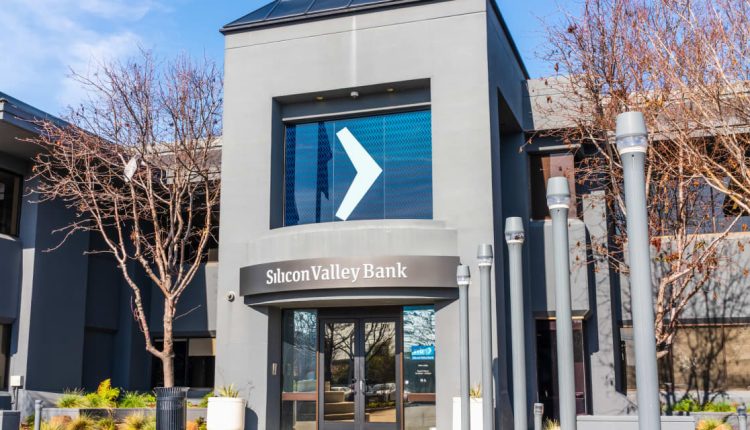The recovery rally in regional bank stocks has petered out. That is a negative signal for the stock market.
The SPDR S&P Regional Banking exchange-traded fund (ticker: KRE) has gained about 25% to just over $45 from an early May low point of about $36 as the stocks continue to rebound from the rout triggered by the collapse of Silicon Valley Bank this spring.
But the ETF isn’t even close to reclaiming its 2023 peak of $64, and sellers were quick to come in to knock it lower from the high-40s in August. There just aren’t enough buyers of regional-bank stocks to send them back up.
The reason is that investors need to see banks’ fundamentals improve. The rally hasn’t been driven by higher profit results. The Wall Street consensus forecast for 2023 earnings per share for the ETF is down about 38% in the past six moths, according to FactSet.
Because the stocks have been rising without profits and management forecasts strong enough to change analysts’ expectations, the fund is now trading for just under 10 times the aggregate earnings its component companies are expected to produce over the next year. That is up from just under seven times at the fund’s low point.
People appear to be hoping for better times for banks, but their results and the economic picture haven’t been good enough to bring an increase in earnings forecasts.
Revenue for the bank fund is expected to be about flat this year, with low single-digit growth in loan volumes acting as one factor keeping the top line from falling year over year. But that growth should moderate or even turn negative as higher short-term interest rates, which can take months to show their full effect, hit consumer demand.
“Demand is softening and is expected to remain soft,” said Michael Rose, a banking analyst at Raymond James. “The cost of servicing debt is more expensive.”
It is exactly that perspective that the broader stock market should be concerned about. Demand probably isn’t finished dropping, and the same could be true in a variety of industries. Potential casualties include retail, housing, oil and gas, other commodities and heavy machinery.
That headwind is likely to put pressure on the broader market.
The
S&P 500
trades at an expensive 19 times forward EPS, up from about 16.8 times to start the year, because it has posted a double-digit rally. The market is anticipating a recovery in profits next year, so any disappointments on demand and earnings will knock it lower.
Write to Jacob Sonenshine at [email protected]
Read the full article here

